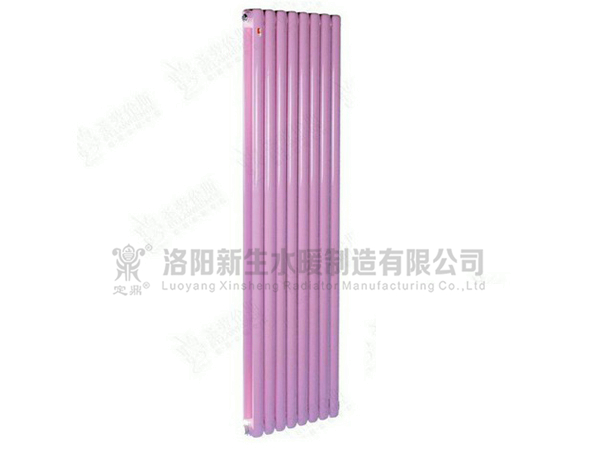When winter arrives, heating becomes a crucial source of warmth for urban residents. Many homes have radiators installed, providing not only warmth but also a place to quickly dry washed towels, socks, and insoles. There are many radiator materials available on the market, each with its own advantages, leaving many people feeling overwhelmed. So, what materials are available for home radiators? Which is the best choice? Let's find out today.
Material Types of Home Radiators:
Currently, six common materials for home radiators on the market include cast iron, steel, copper-aluminum, aluminum-plastic, low-carbon, and steel-copper.
1. Cast Iron Radiators
Cast iron radiators are not only inexpensive but also offer excellent corrosion resistance and a long service life. However, they are not aesthetically pleasing, are heavy, and can easily cause damage to the temperature control mechanism due to sand buildup inside. Furthermore, their environmental performance is poor, with production processes often lacking environmentally friendly processes. Their use is no longer recommended by the government.
2. Steel Radiators
Steel radiators can be divided into two types: steel panel radiators and steel column radiators. They are not only low-carbon, energy-saving, and environmentally friendly, but also offer excellent heat dissipation and a beautiful design, making them popular among consumers. They have a large water storage capacity, excellent heat dissipation, are lightweight, have an attractive plastic-sprayed surface, are available in a variety of styles, and are highly durable. However, they require a specific heating system (such as water replenishment) and can easily cause oxygen corrosion if the system is not properly maintained.
3. Copper-Aluminum Composite Radiators
This type of radiator is a new type of heating system, made from aluminum profiles and copper tubes through a precision expansion and pressing process. Its design features natural and sleek lines. Furthermore, it has excellent heat dissipation properties, dissipating heat through convection, thereby extending the radiator's lifespan.
4. Aluminum-Plastic Radiators
Aluminum-plastic radiators are a new type of load-bearing radiator made from environmentally friendly polymer materials, offering strong corrosion resistance, heat resistance, and pressure resistance. Among them, the use of non-metallic materials for water pipes makes them less susceptible to rust and scaling during use, providing greater safety and peace of mind for consumers.
5. Mild Steel Radiators
Mild steel radiators are affordable, elegant, and offer excellent thermal insulation. However, the metal inside can easily oxidize during use, affecting the radiator's performance.
6. Copper Radiators
Radiators made of this material are widely used in various heating systems and offer excellent heat dissipation. However, due to the rarity of this material, they are more expensive than radiators made of other materials. Therefore, radiators made of this material are generally not considered when purchasing home radiators.
The above is a detailed introduction to the materials used for home radiators. When purchasing a radiator, it's important to consider your specific needs. Often, a radiator that works well for others may not be suitable for your heating needs. You should consult your heating company or the property management office to determine the type of heating system your community has and decide on the appropriate radiator material based on the water quality. For example, if the water quality at home is poor and the oxygen content is high, it is not recommended to install a steel tank.


